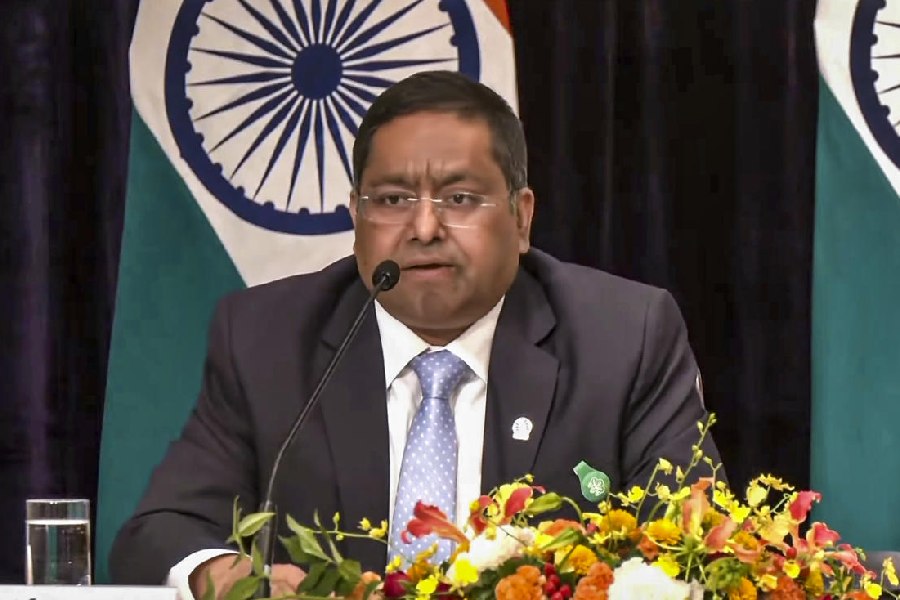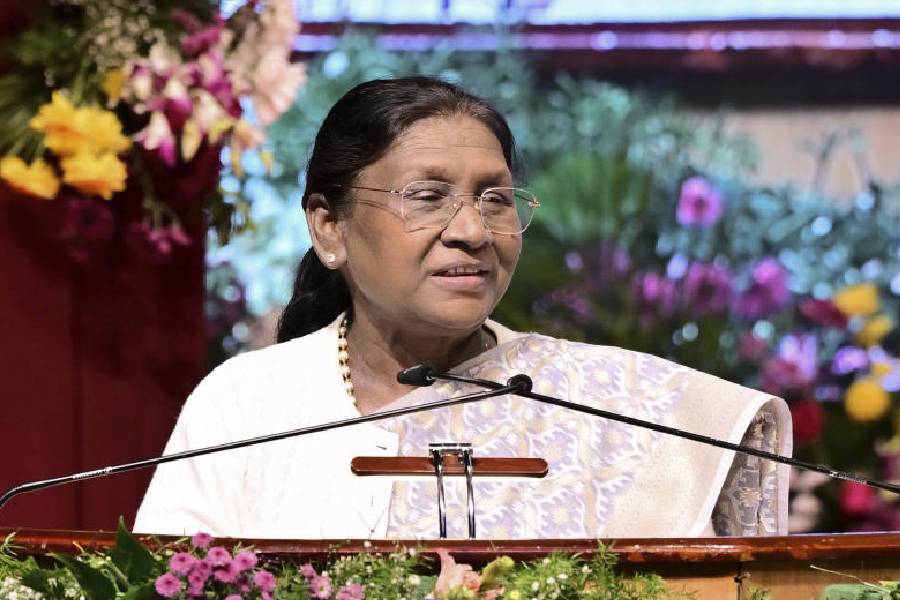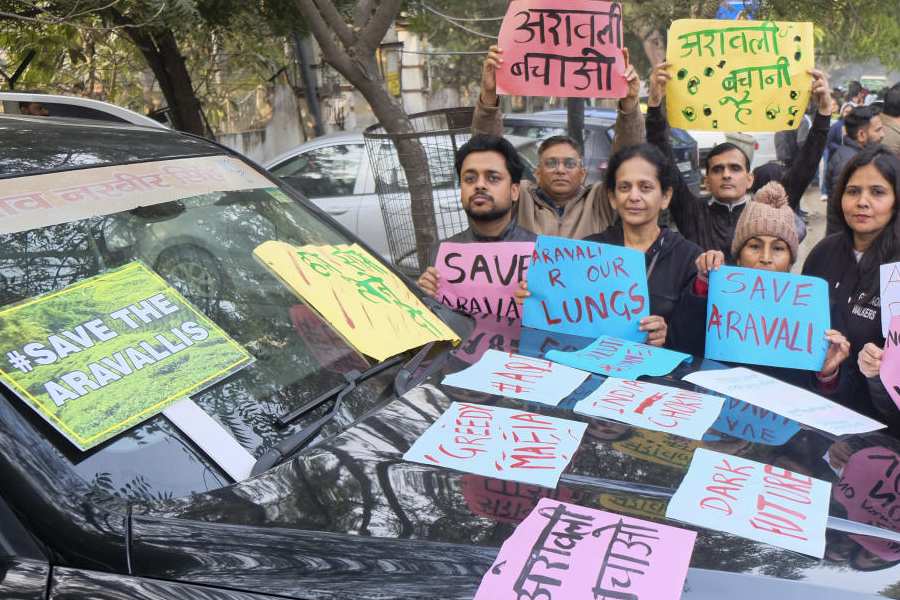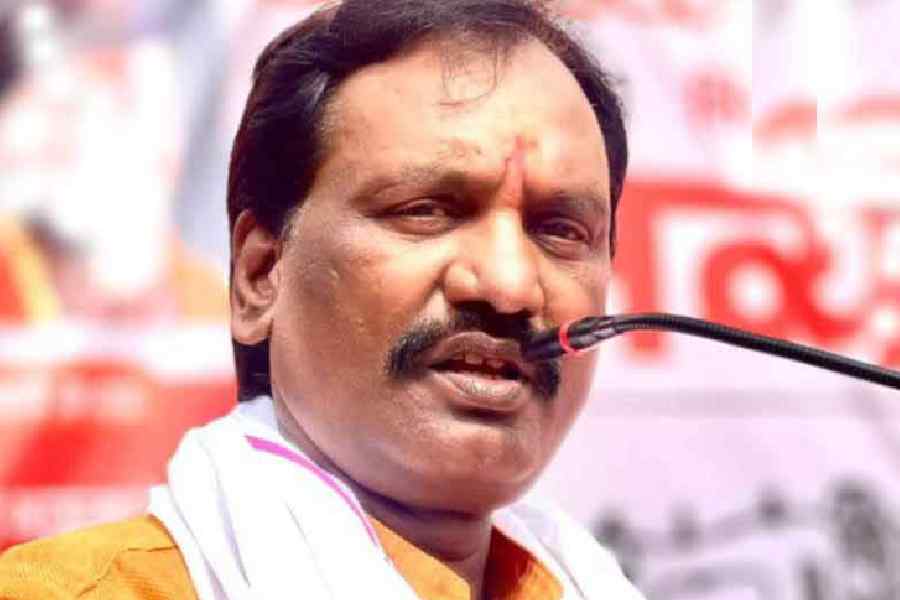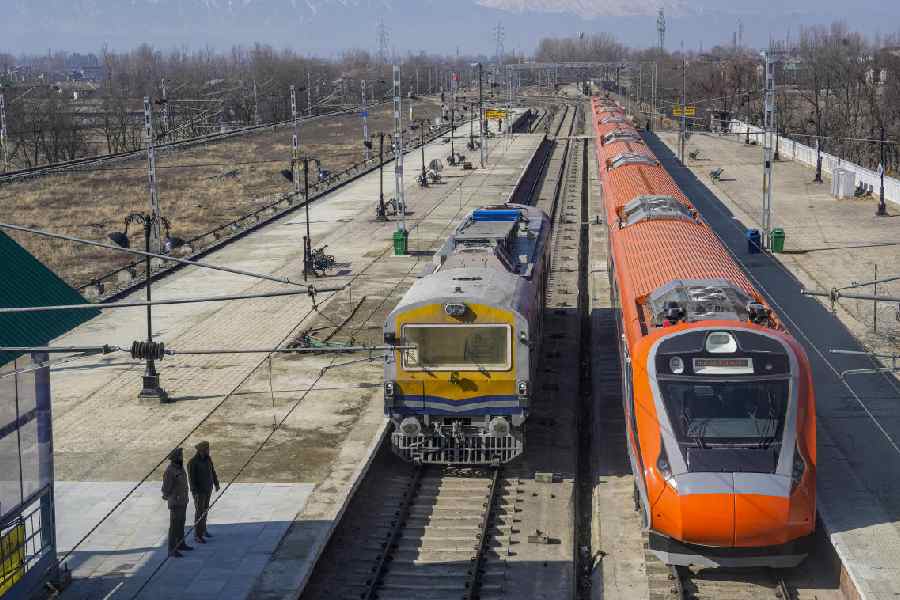Domestic violence does not only mean being beaten to a pulp. A sessions court in Maharashtra, upholding a lower court order, ruled in favour of a woman who had complained that her husband refused to consummate their marriage but conducted affairs with other men. The court ordered the respondent to pay the woman compensation and a monthly maintenance. Physical injuries are certainly part of domestic violence, but the court reportedly said that so are sexual, verbal, emotional and economic abuse. A woman married to a man unwilling to relate to her sexually but engaged in relationships with men would presumably be subjected to emotional violence, since her expectations and — in this case — her efforts to establish conjugal relations with her husband were foiled. This was a kind of sexual violence, too, through the refusal or withdrawal of sex. The woman suffered from both kinds of abuse, exacerbated by her discovery of her husband’s affairs.
At first glance, the court seems to be reiterating the forms of abuse itemised in the Protection of Women from Domestic Violence Act, 2005. What the reiteration does, however, is to underscore the slightly unusual nature of the case, thus suggesting that the kinds of abuse have a wide and varied application. The violence implicit in the situation of a woman who is not beaten up but just not treated as a wife in private could become invisible without an assertive application of the law. Economic violence by the intimate partner, for example, remains largely invisible in spite of the law. A spouse’s full control of household expenses is common enough, but just as common is a man’s pocketing of his wife’s earnings to spend on drink or gambling. Both these situations and more have become normalised by the power-relations within marriage and are, consequently, invisible. That does not make them any less violent or oppressive: acceptance of inequality on one level leads to continued violence on others. The law must be matched with awareness regarding accepted oppressions for it to be effective. The problem with protection from domestic violence is that, apart from physical abuse, it is difficult to recognise and acknowledge the other forms that the court mentioned. Only with education, exposure, maturity and confidence can the Indian woman take full advantage of the law and the insights it contains.


